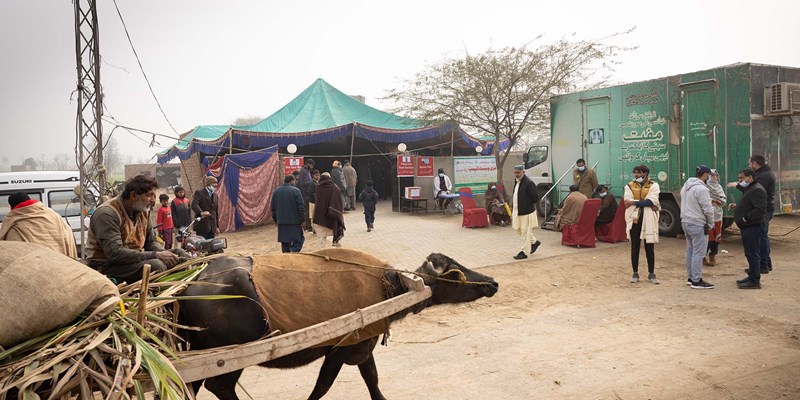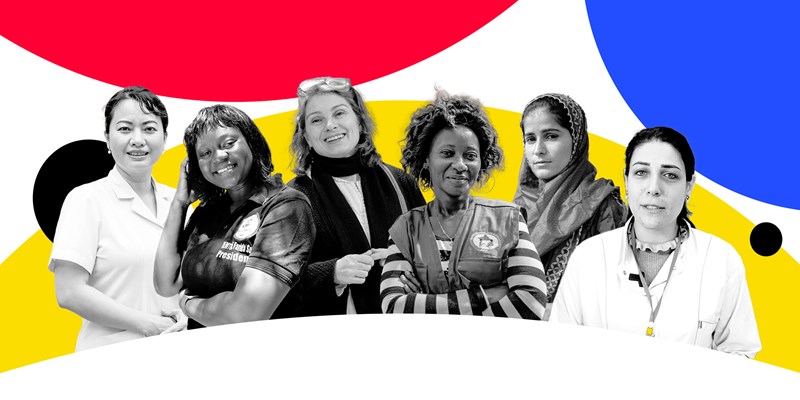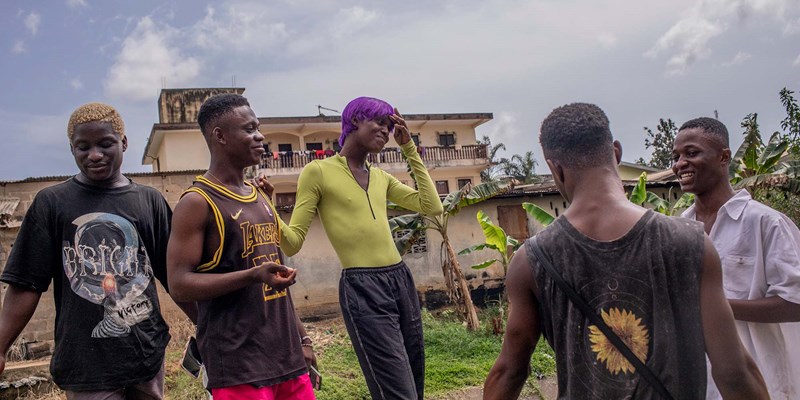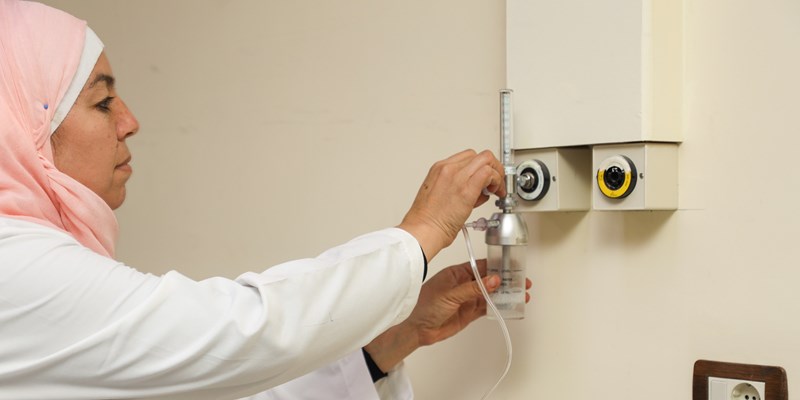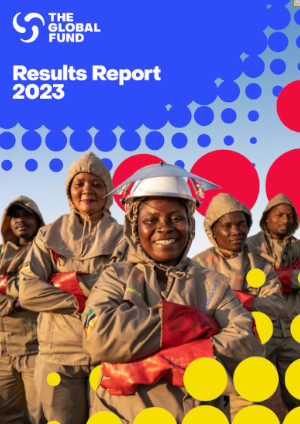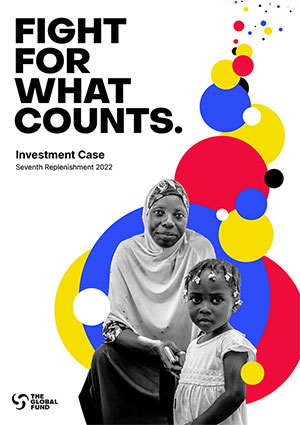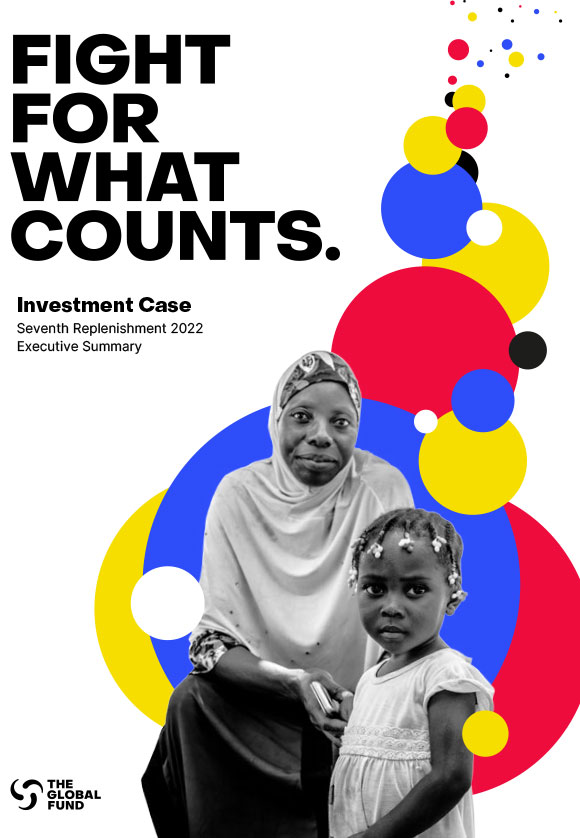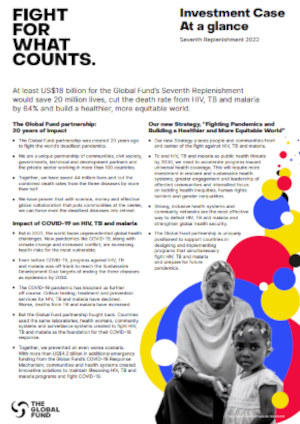700 000 people living with AIDS in developing countries now receiving treatment
26 January 2005
Partnerships across all sectors are driving treatment scale up
Davos – By the end of 2004, 700 000 people living with AIDS in developing countries were receiving antiretroviral (ART) treatment thanks to the efforts of national governments, donors and other partners. This is an increase of approximately 75% in the total number receiving treatment from a year ago, and is up from 440 000 in July 2004.
Today, at a joint press conference at the World Economic Forum’s Annual Meeting, Switzerland, the World Health Organization (WHO), the Joint United Nations Programme on HIV/AIDS (UNAIDS), the United States Government and the Global Fund to fight AIDS, Tuberculosis and Malaria revealed the results of their joint efforts to increase the availability of ART in poor countries. They underlined that progress has been made thanks to extensive collaboration and unity of purpose. However all the organizations warned that major, continued efforts are needed in countries and internationally to continue working towards the goal of access to treatment for all who need it.
"We salute the countries who have now shown us that treatment is possible and can be scaled up quickly even in the poorest settings. AIDS treatment access is expanding every day thanks to the dedicated work of doctors, nurses, health workers and people living with HIV and AIDS, who are often working under difficult circumstances to turn the dream of universal treatment into a reality," said Dr LEE Jong-wook, WHO Director-General.
The organizations warned that there are still very real challenges to reaching the goal of universal access to treatment. In many countries, the speed of progress has rapidly increased, but to achieve universal access, the international community and national governments need to do much more to translate political and financial commitments into real actions in countries.
"The heart and soul of President Bush’s Emergency Plan for AIDS Relief is to work shoulder to shoulder with host governments and our other partners in those nations in support of the national strategy of each country,” said Ambassador Randall Tobias, the US Global AIDS Coordinator. "Although the results are being discussed today by donors and international organizations, the results were achieved by the work of talented and dedicated people in-country. We are dedicated to supporting their efforts, but the true credit rests with them." Collaboration across all sectors is making treatment happen. Treatment is happening because national governments are taking the lead to coordinate efforts with all partners to scale up treatment in rural and urban areas. The Global Fund is providing flexible funds to governments and projects. The United States is funding, as well as providing technical assistance and guidance for, program and capacity development to support national strategies. WHO and UNAIDS are providing guidance and technical assistance to help countries turn finance into programmes. NGOs, faith-based organizations, networks of people living with HIV/AIDS and the private sector are all contributing.
“Collaboration over the past year has shown that several initiatives can work in tandem to achieve real acceleration. While today’s figures are encouraging, the work so far has been laying the ground work for a much larger expansion in the months and years to come," said Dr Richard Feachem, Executive Director of the Global Fund to fight AIDS, TB and Malaria.
WHO and UNAIDS believe the current figures are the most accurate estimates to date. They are based on a composite of numbers given by countries and partners. In the region with the heaviest burden - sub-Saharan Africa - the number of people on treatment has doubled over six months from 150 000 to 310 000. In Asia, the figure has doubled since June from 50 000 to 100 000. In Latin America and the Caribbean, the numbers continued to improve and there are now 275 000 people on treatment in this region. Botswana and more than ten countries in Latin America are already treating 50% or more of those in need in their countries. Building on years of AIDS awareness and prevention programmes, Uganda and Thailand are expected to be treating 50% or more people needing ART in the first half of 2005.
At the beginning of December 2004, 240 000 people were on treatment as a result of financing by the US government and the Global Fund. This number is increasing rapidly as newly started treatment programmes accelerate.
"We know that treatment is more than just access to antiretrovirals," said Dr Peter Piot, UNAIDS Executive Director. "People living with HIV need comprehensive services, from testing and counselling to nutritional support. Just as there is an urgent need to increase access to treatment, we must also renew our commitment to preventing new HIV infections."
WHO and UNAIDS estimate that at the end of 2004 around six million people were in need of treatment in developing countries. In December 2003 WHO, UNAIDS and UN partners announced the "3 by 5" target, challenging countries to get three million people or half of those in need on treatment by the end of 2005. WHO and UNAIDS estimate that overall 72% of un-met need for treatment is in Sub-Saharan Africa; 22% is in Asia; India, Nigeria and South Africa alone account for 41% of the overall need for treatment. The "3 by 5" target can only be reached if major progress is made in the countries with the greatest unmet need.
WHO and UNAIDS today published the results of global efforts to increase the availability of ART in poor countries in the second "3 by 5" Progress Report. The total of 700 000 people receiving treatment reaches the interim target for 2004, as outlined in the WHO/UNAIDS "3 by 5" strategy.
